An amazing variety of materials are available for bathroom floor tiles. For good reason, ceramic, porcelain and vinyl tiles are the first to come to mind:
They are arguably the most practical and best options available to design what you think. But today, there are many possibilities like cork and stone.
The most important considerations when choosing a flooring material is to ensure that it does not become dangerously soft when wet and that moisture does not penetrate below the surface and cause damage.
The final decision usually involves balancing style and price afterwards. This guide to the best bathroom floor tiles will help you familiarize yourself with all your options and make the choice easier.

Vinyl floor tile is the preferred vinyl for bathroom flooring due to its low cost and excellent performance level. From the master bath to the powder room, it works well in any bathroom in the house. It clearly outperforms other popular options in terms of durability, comfort and safety.
Almost as important, the best vinyl tile manufacturers have come a long way in visual appeal and ease of installation. This material can be cut with an ordinary knife and is self-adhesive.
Starting price is $2.50 per square foot.
Ceramic and Porcelain Tiles Whether your taste runs toward colorful penny tiles, grid squares, or stone or wood imitations, you’re sure to find that ceramic and porcelain tile are the best choices for bathroom floor tile. Ceramics hold up well, just like vinyl, but are not as comfortable on bare feet.
Radiant floor heating can help change that, but a hard surface is still hard whether it’s heated or not. Ceramics are more difficult to install than vinyl, but a resourceful person can still get the job done.
If the ceramic is coated with an excellent glaze, it will resist wear and scratches. If chipping is present, one advantage is that porcelain tiles have full-body color potential and are harder than clay-based tiles.

Before you buy, make sure that ceramic or porcelain tiles are approved for floor use. For the floor, choose grade 1 or 2 ceramic tiles. In addition, there is a coefficient of friction (COF) for ceramic tiles. To reduce the risk of slipping in this wet area, choose one with a rating of 50 or higher.
Choose tiles that are at least PEI III in the Porcelain Enamel Institute (PEI) rating standard. Ceramic tile costs start at about $0.50 per square foot, and porcelain tile costs start at $3 per square foot.
Glass Tiles Two things make glass floor tiles aesthetically pleasing: the appearance of depth and, when painted, a great stained glass effect is created by covering part of the floor in a thin coating of glass. When installed correctly, this type of tile will last well. However, to prevent slipping, choose laminated tiles and textured glass.
Also, small glass tiles with grout joints are non-slip. With these suggestions in mind, consider decorating the shower floor (and possibly the sides) with small glass tile squares to create a focal point in the bathroom.
The starting price is about $5 per square foot. Stone Tiles The former entrance was the only place with stone tiles. However, they have become more common in recent years in various spaces, including the bathroom.

Stone tiles come in different colors from cream to blue, red, green and gold and are made of limestone, marble, granite and slate. Almost as many textures are available, with variations in slotted, rolled, sandblasted, etched and flamed finishes.
Stone is usually more expensive than ceramic or porcelain tiles that look the same. In addition, natural porous stones require more maintenance than ceramic tiles. Routine cleaning and sealing is recommended. (See our recommendations for the best marble and granite seals to protect your investment.)
Costs vary.
Plastic Laminate Tiles A good option is plastic laminate tiles, which are more commonly seen as planks, especially if you are redecorating.
Tiles don’t add much to the existing floor height, unlike the laminate that has covered kitchen countertops for a generation or two. This makes it easier to plan the transition from one room to another.
Despite being strong and keeping it clean, laminate does not resist moisture well. For a tile, a half bath may be preferable to a full bath, as standing water can penetrate the core of the fiberboard and cause expansion and buckling of the material.
Gap caulking around walls, around the toilet, and (if in a full bathroom) tub is essential when using laminates to prevent water intrusion. Another drawback is that laminates do not offer as many different style options as ceramic and vinyl. Starting price is $1 per square foot.

Tiles made from linoleum oil, cotton powder, wood flour, crushed limestone and paints are the ingredients used to make linoleum.
It works well in bathrooms and looks great in modern or vintage settings. It is praised for its ability to naturally resist dirt and dust as well as prevent the growth of microbes while maintaining its color.
It’s simple to install thanks to the click-in-place plank designs, and there’s no denying that the material looks great. Linoleum is relatively expensive. So appearance has a price, the price per square foot starts at $3.50.
Cork Tiles Cork flooring tiles come in a range of colors and are quite comfortable to walk on. Even if you buy finished tiles, you can expect to have multiple layers of polyurethane applied to seal the flooring and prevent moisture from penetrating the subfloor.
Installation with glue is not difficult. A trowel is usually used to lay cork tiles. However, click-on-site floating floor products are also offered. Starting price is $3 per square foot.
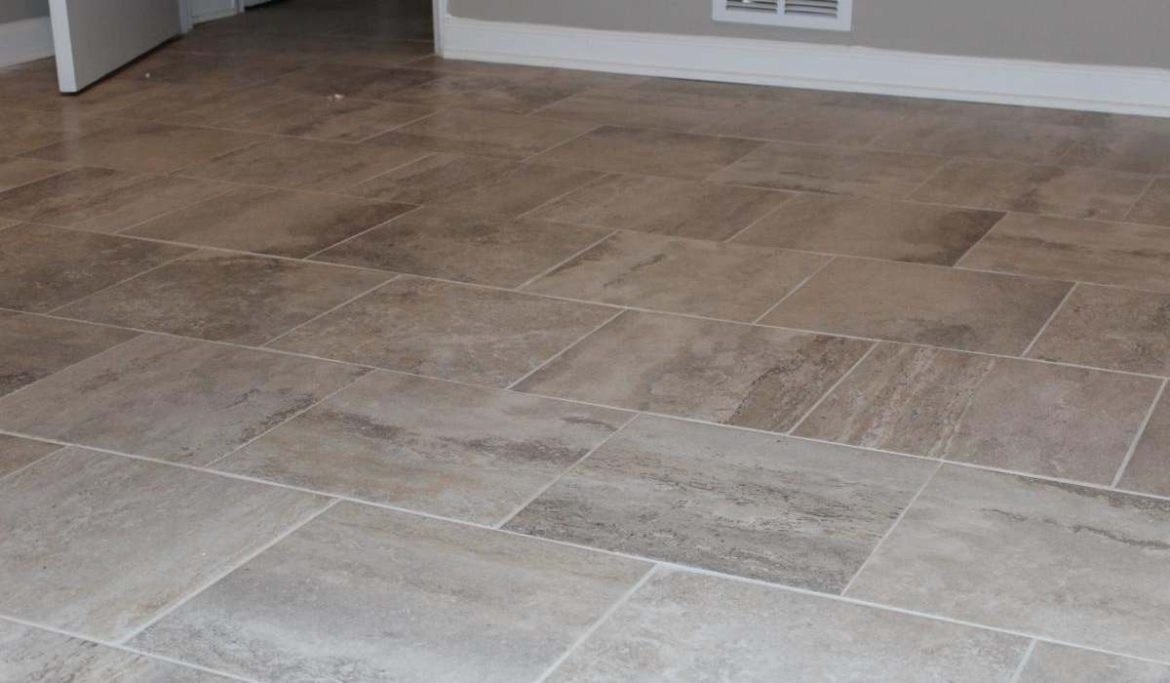
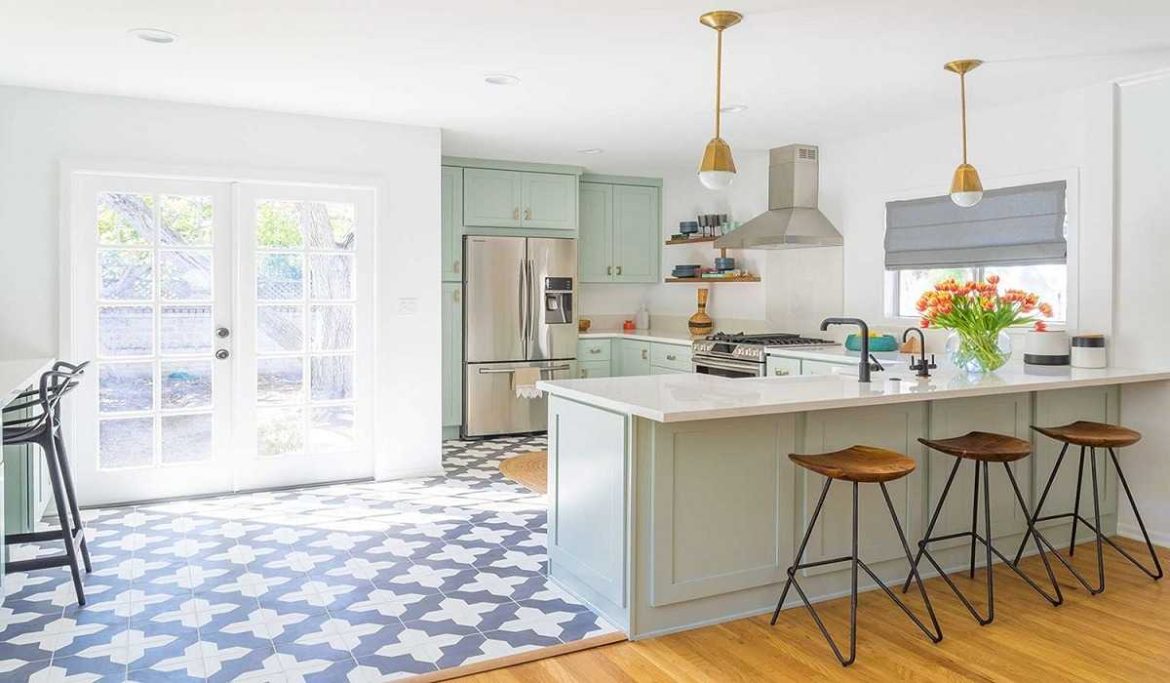
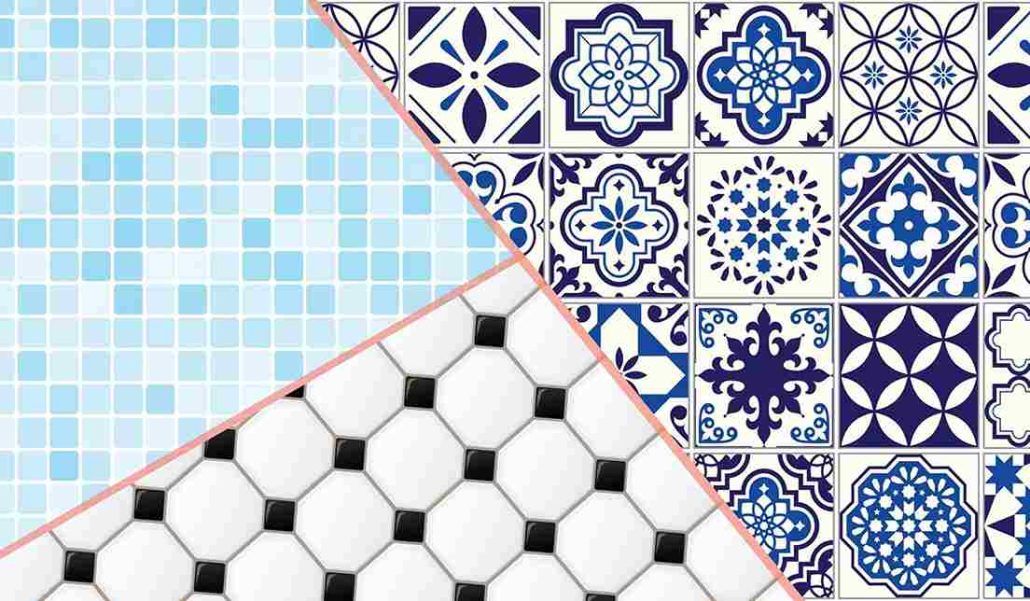
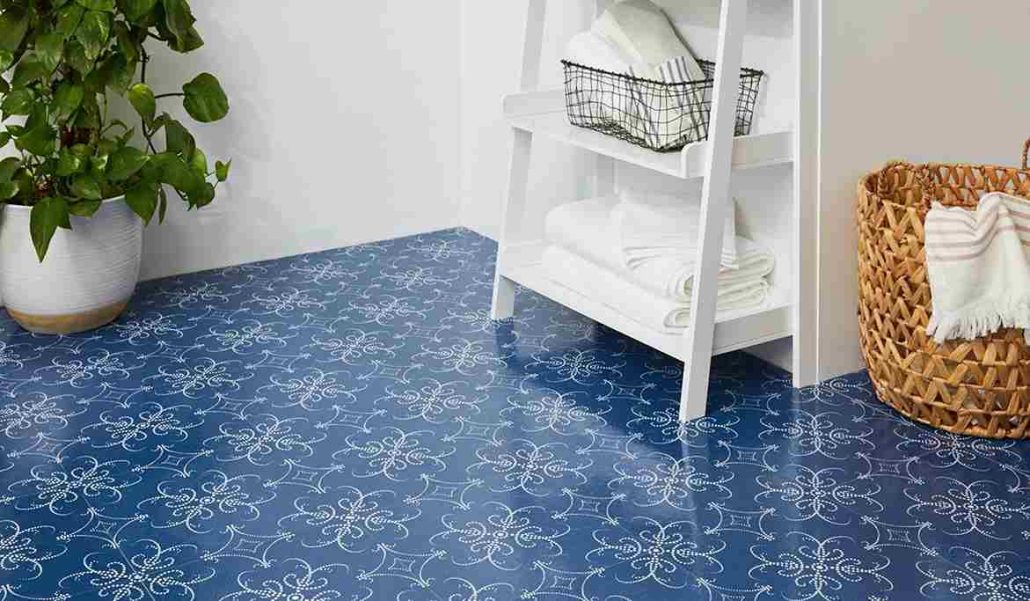

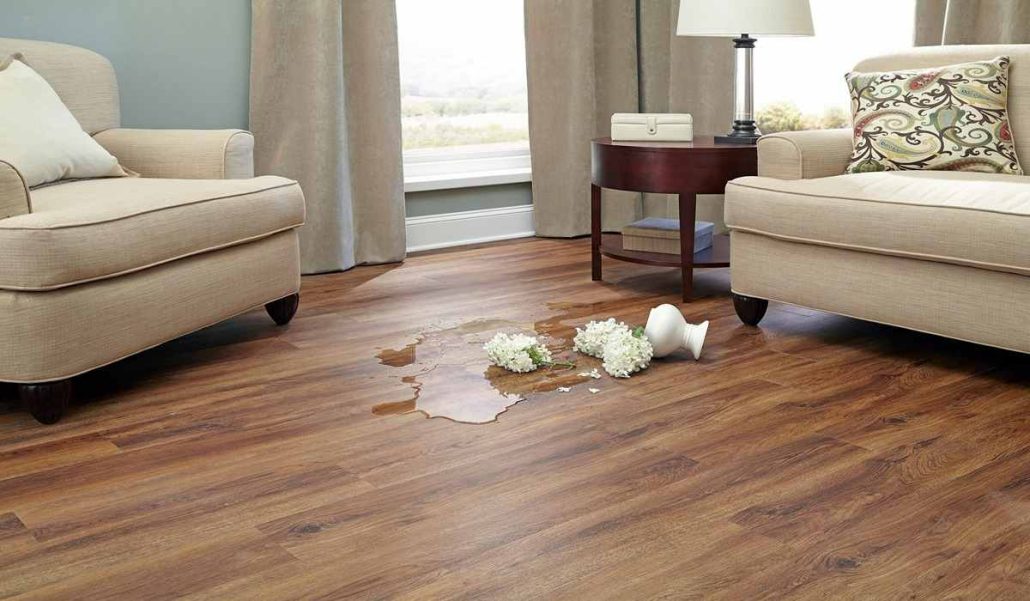
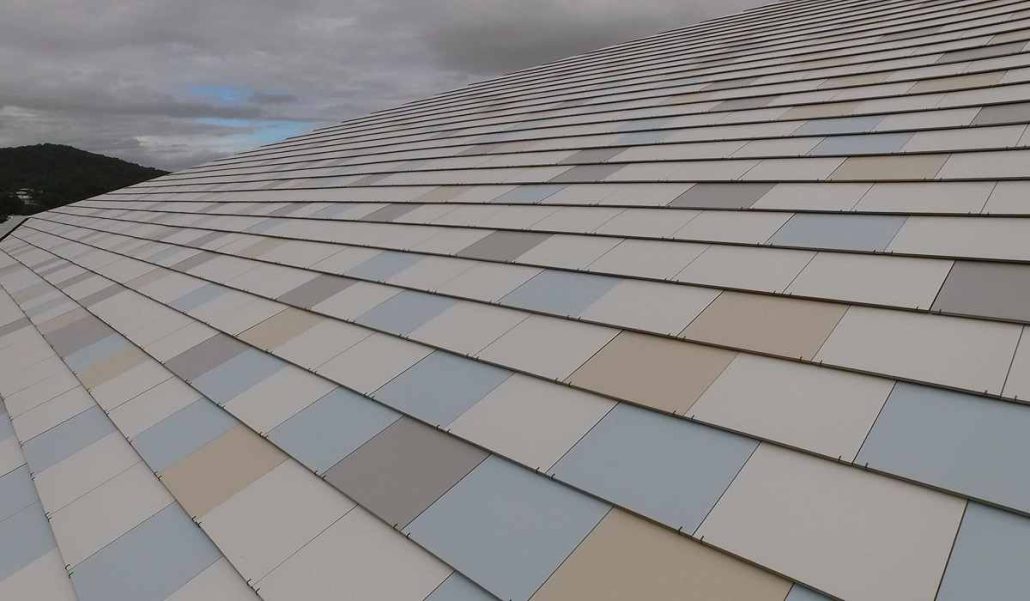
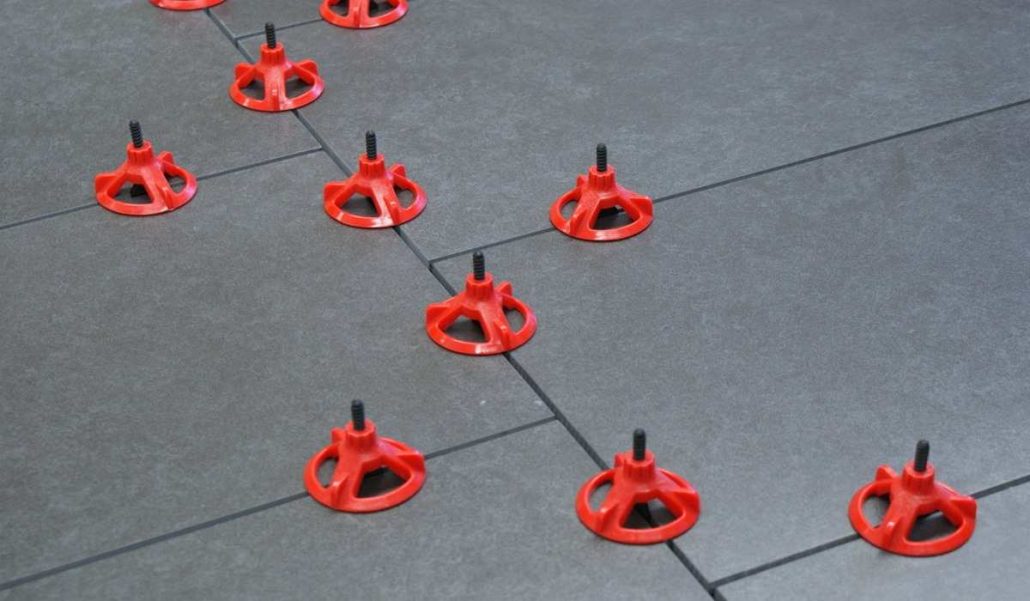
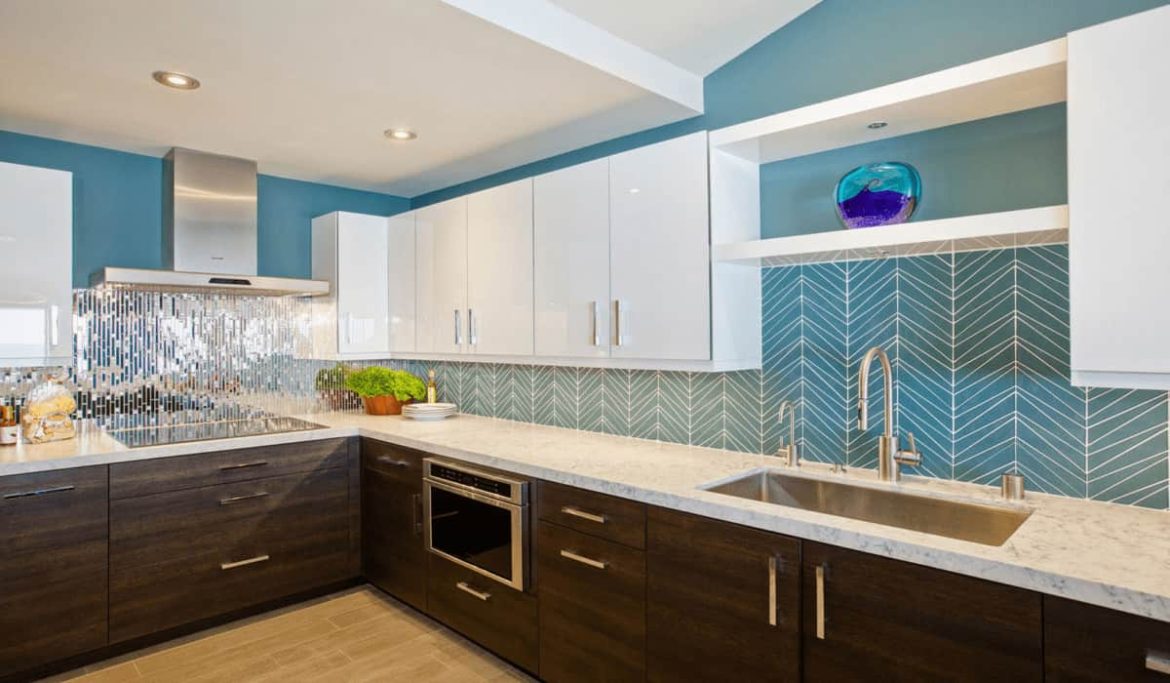
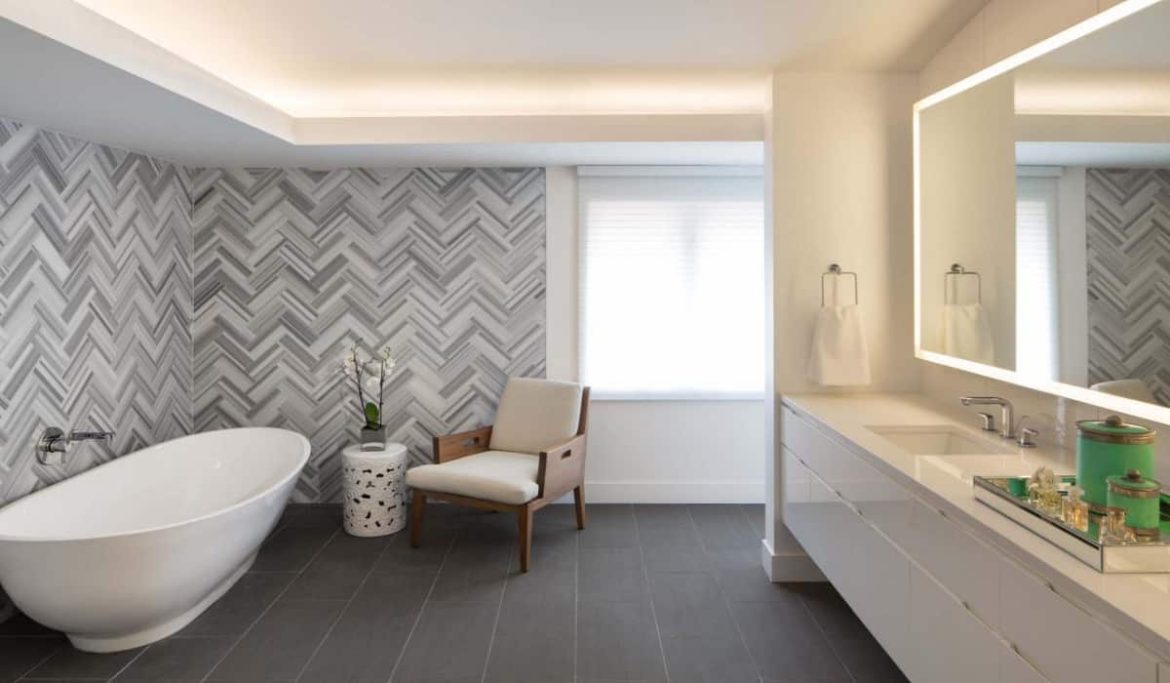
Your comment submitted.